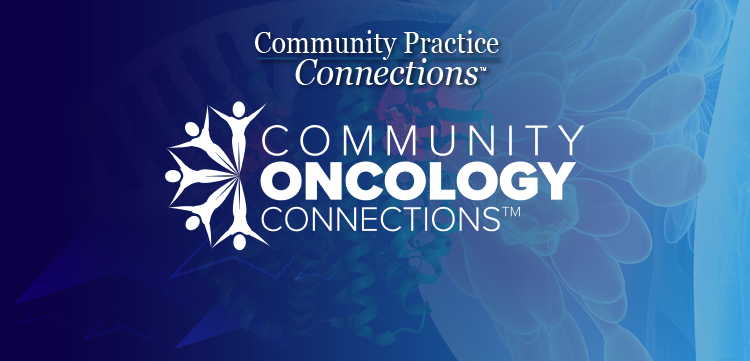
Anti–LAG-3/Anti–PD-1 Combo Demonstrates Sustained Efficacy in Melanoma
Meredith McKean, MD, MPH, discusses the background and goals from the recent long-term follow-up of a phase 1 study evaluating the combination of fianlimab and cemiplimab in advanced melanoma.
Meredith McKean, MD, MPH, director of melanoma and skin cancer research at Sarah Cannon Research Institute, discusses the background and goals from the recent long-term follow-up of a phase 1 study (NCT03005782) evaluating the combination of fianlimab, an anti–LAG-3 agent, and cemiplimab (Libtayo), an anti–PD-1 agent, in patients with advanced melanoma.1
The first-in-human, phase 1, open-label, dose-escalation and cohort expansion trial sought to evaluate the safety and pharmacokinetics to determine the selected dose level(s) for expansion of fianlimab as monotherapy and in combination with cemiplimab in patients with advanced malignancies.2
“The goals of this additional follow-up were to be able to have additional follow-up on the primary end point of objective response rates and then be able to look at some of the additional secondary end points of progression-free survival and duration of response. We were trying to build on some of that initial data, looking for the durability of those initial responses for patients,” explains McKean.
According to McKean, the study showed promising efficacy and safety, specifically for the primary end point of overall response rate (ORR) as assessed by blinded independent central review (BICR). 1 A BICR-assessed ORR of 57% (95% CI, 47%-67%) was seen with a median progression-free survival of 24 months (range, 12-not evaluable [NE]). The ORR was consistent across different subgroups, including those with low PD-L1 or LAG-3 expression.
References:
McKean M, Weise AM, Papadopoulos KP, et al. Long-term follow-up of advanced melanoma (unresectable/metastatic - aMel) patients (pts) treated with fianlimab (FIAN) + cemiplimab (CEMI): Results from blinded independent central review (BICR) efficacy assessment. Presented at: 2024 ESMO Congress; September 13-17, 2024; Barcelona, Spain. Abstract 1097P.
Study of REGN3767 (Anti-LAG-3) with or without REGN2810 (Anti-PD1) in advanced cancers. ClinicalTrials.gov. Accessed Updated May 1, 2025. April 1, 2025. https://clinicaltrials.gov/study/NCT03005782








































